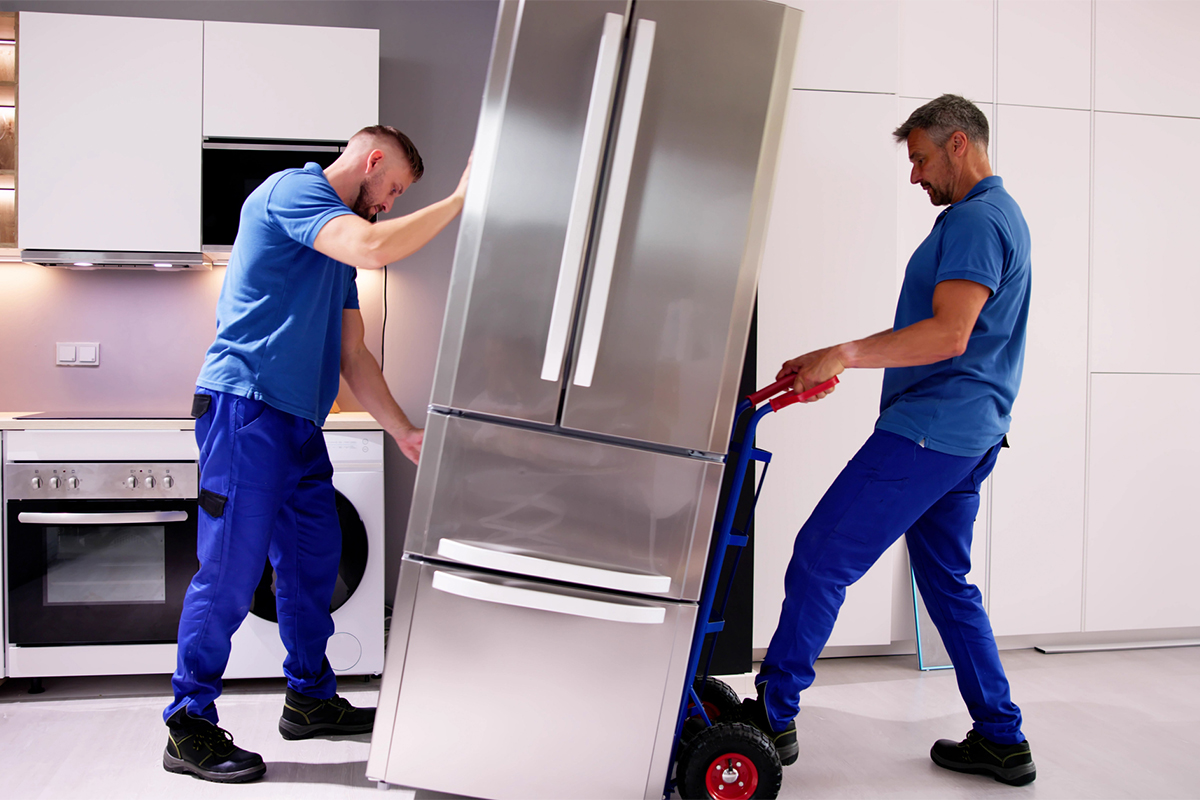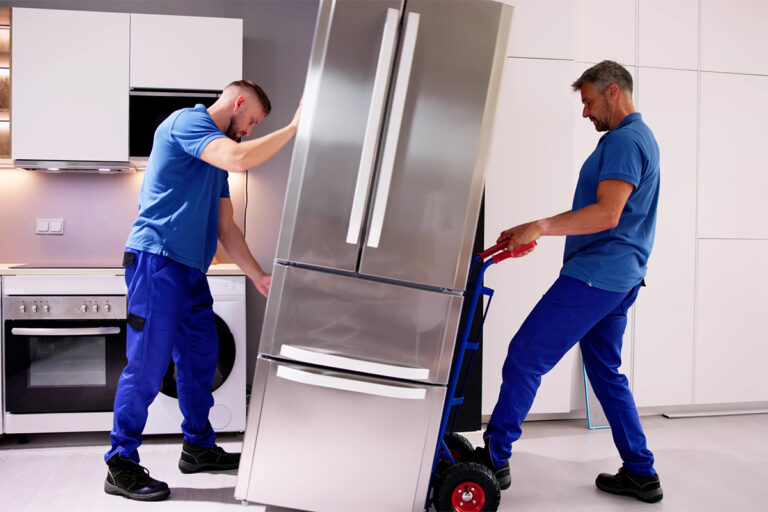Tips for Keeping Fido and Fluffy Safe and Secure
Moving can be stressful for any family, especially if you have pets! But with the right preparation, it doesn’t have to be.
From creating a checklist to researching pet-friendly amenities in your new home or apartment complex, the following tips will help ensure that Fido and Fluffy make it through the move unscathed. So let’s get started and show our furry friends some love during this transitional period.
Benefits of Moving with Pets
Having your furry friends by your side during the move can provide emotional comfort and bring a sense of familiarity to an unfamiliar place.
Having you nearby will reduce their stress levels as they adjust to their new environment. For those needing additional help, pet sitters or pet-friendly hotels are available for temporary housing if necessary.
Many apartment complexes and communities have become increasingly pet-friendly in recent years and offer amenities such as:
- doggie daycare facilities
- pet-specific parks and gardens
- walking paths
Before You Move
Before you move, consider a few things when bringing your pets along for the ride.
If possible, try to find a pet-friendly home and community that offers amenities such as pet-related activities. Make sure to have all of the necessary supplies on hand or packed, including:
- cleaning supplies (such as Nature’s Miracle)
- doggy shampoo
- food and food bowls
- Kitty litter (if applicable)
- litter box
- medications (if appropriate)
- scratching post
- supply of water and water bowl
- toys
For those traveling with cats or small animals such as guinea pigs or hamsters, secure them in their cages during the move and ensure they are comfortable. For more exotic pets like guinea pigs or lizards, provide all necessary supplies, including bedding material, are ready before the move.
For service animals or larger breeds like dogs, remember to provide plenty of water breaks during long drives and offer quality time with your pet throughout the process.
If flying is required, look into commercial airlines that allow pets in cabin or cargo hold and make sure you properly secure their seat belt for take-offs and landings. Taking these precautions will help keep your furry friend safe and sound during the moving process.
What Should You Do with Your Pet During Your Move?
One of the most important things to consider when moving with pets is what to do with them during the actual move. Depending on the size and type of pet, you may choose to keep them with you or leave them in a safe and secure environment.
If your pet is small enough, keeping them with you while packing and unpacking boxes can be beneficial. This way, you can monitor their stress levels and make sure they stay safe.
Another option is to leave them in the care of a friend or pet sitter. This is especially important if you have larger pets that may get overwhelmed by the commotion. For those who own a fish or reptile, keeping them in their tank during the move is best.
Research a New Veterinarian in Your Area
When looking for a veterinarian in your new area, you can look online for reviews and ratings from past clients to get a sense of the quality of service each vet provides.
Once you have narrowed down the list, it is best to call around and schedule tours or consultations with potential picks. During this process, be sure to ask about:
- boarding and grooming services available
- emergency services offered
- fees
- particular experience with any unusual pets such as guinea pigs or reptiles
When selecting an animal clinic for your pet, it is important to choose one that meets all of your needs while also providing quality care and compassion for animals. By researching ahead of time, you can ensure that once you arrive at your new home, you and your pet will feel safe, secure, and ready to explore!
[1]
Introducing Your Pet to the New Home
Introducing your pet to the new home can be an exciting process, but it is important to make sure you do it right during the adjustment period. Start by slowly introducing them to the environment, one room at a time. Make sure that all necessary items are set up in each room.
Try not to overwhelm your pet with too much stimulation at once, instead, give them plenty of time to explore; instead, new surroundings and get comfortable in their own space.
When Moving Long Distance, Is It Best to Transport My Pet by Plane or Car?
One great aspect of relocating with your pet by car is you don’t have to wonder if they’re faring alright like you would if they were traveling by plane. You’re there with them every mile of the trip, so you know firsthand how they are coping.
With the less-than-positive news about recent deaths and injuries happening to pets while flying aboard commercial airlines, you may rethink how to move your pet. Over 500,000 animals that flew on commercial flights in the United States in 2017, 24 died in transit, 15 were injured and 1 lost. [2]
If a pet needs to be transported by plane, here are some tips for pet owners to make the trip as safe and anxiety free as possible:
Check with the airline: Before booking your flight, make sure to check with the airline’s pet policy. Each airline has its own set of rules and restrictions when it comes to traveling with pets, so it’s important to be aware of them beforehand.
Choose a suitable travel crate: Your pet will need a suitable travel crate that is large enough for them to stand, turn around, and lie down comfortably. Ensure the crate is sturdy, well-ventilated, and meets the airline’s requirements.
Get your pet used to the crate: If your pet isn’t used to being in a crate, start getting them acclimated to it before the flight. This will help reduce their stress during the journey. You can do this by placing treats, toys, and blankets inside and leaving the door open so they can explore it at their own pace.
Sedation: It is generally advised to avoid sedation for pets during air travel since it can interfere with their normal respiratory system function. Always speak with your veterinarian before considering your pet’s medication needs, and also discuss alternative methods to keep the pet calm.
Feeding and hydration: You must prepare appropriately for feeding and hydrating your pet. Feed your pet three to four hours before the flight and give them water up to two hours before departure. Your pet should not be fed immediately before or during the flight.
Health certificate and vaccinations: Pets require proper vaccinations. identification tags and checkups to be in good health for air travel. Obey all government rules and guidelines, and obtain all necessary paperwork, including health certificates, before traveling with pets. Vaccinations should be administered before travel, and a health certificate should be obtained from a licensed veterinarian.
As you plan to move with your loving pets, it is essential to consider their needs to ensure they are safe and secure. Whether you are moving across the town or state, Matt’s Moving is here to help. With our expert moving services in Minnesota and Wisconsin, you can rest assured that you will have a smooth transition. Our team of professional movers will ensure that your possessions are taken care of, minimizing your stress so you can focus on acclaiming your fur baby to its new home. Contact us today to get started on your stress-free moving experience with pets included!
Sources:
[1] Kline. (2022, February 12). 4 Tips for Moving with Pets [Video]. YouTube. Retrieved June 3, 2023, from https://www.youtube.com/watch?v=Sj46TdiHQqs
[2] Department, of Toneoneawas Transportation. (2023, June 1). Department of Transportation. https://www.transportation.gov
















